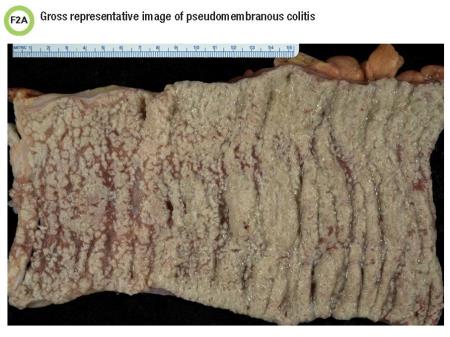pseudomembranous colitis in babies
It is caused almost exclusively by toxins produced by Clostridium difficile. Antibiotic-associated colitis is a rare complication of antimicrobial therapy in children.

C Diff Clostridium Difficile Symptoms Treatment Patient
There are limited descriptions of pseudomembranous colitis in children.

. Use of medicines that weaken the immune system such as chemotherapy medicines. This diagnosis should be suspected in any child with significant diarrhea during or after a course of antimicrobial therapy especially if the diarrhea persists. Pseudomembranous colitis PMC occurs rarely in children but its incidences are increasing due to frequent antibiotic use.
Ampicillin amoxicillin the second- and third-generation cephalosporins and clindamycin. Pseudomembranous colitis is a condition that causes inflammation in the colon. Pseudomembranous colitis in children INTRODUCTION.
Jayakar AV Desai AG Dalal NJ Shah SC Narayan K. The most frequently implicated antimicrobial agents were penicillins in six children and clindamycin in two. The condition has various causes.
A spectrum of nodular haustral thickening and an accordion pattern have been reported as specific features of pseudomembranous colitis PMC in adults. A retrospective review of nine patients with PMC was performed to assess whether this spectrum of CT findings also occurred in children. Ten cases of antibiotic-associated pseudomembranous colitis in children are reviewed.
Pseudomembranous colitis PMC the severest form of this disease occurs as a result of a severe inflammatory response to the C. Typical symptoms of C. Stool assays showed specimens from all ten patients yielded a cytopathic toxin which was neutralized by Clostridium sordellii antitoxin.
Necrotizing enterocolitis a condition pathologically distinct from pseudomembranous colitis was also present. Ampicillin penicillin and clindamycin are the drugs most frequently reported to cause pseudomembranous colitis in pediatric patients. Ten cases of antibiotic-associated pseudomembranous colitis in children are reviewed.
It can cause severe symptoms such as watery diarrhea abdominal pain and fever. Difficile infection is uncommon in children. Pseudomembranous colitis is uncommon in children and rare in infants.
Pseudomembranous colitis PMC is commonly associated with hospitalization and prior antibiotic exposure. PMC is commonly associated with prior antibiotic exposure and hospitalization. Stool assays showed specimens from all ten patients yielded a cytopathic toxin which was neutralized by Clostridium.
However it is becoming more common in people who take antibiotics and are not in a hospital. PMC is commonly associated with prior antibiotic exposure and hospitalization. The most frequently implicated antimicrobial agents were penicillins in six children and clindamycin in two.
Difficile toxins are present in approxi-mately two-thirds of children and adults in the USA. This review presents the microbiology management and prevention of pseudomembranous colitis PMC in children. The pseudomembranous colitis developed 12 days after the last dose of ampicillin was given to the baby.
Approach to diarrhea in children in resource-rich countriessystemic toxicity. It is caused almost exclusively by toxins produced by Clostridium difficile. The ages ranged from 4 years to 17 years.
The ages ranged from 4 years to 17 years. Pseudomembranous colitis in children 183 potent in biological assays of enteric toxins when animal models are used and may be more important in clinical expression of gastrointestinal complications. Pseudomembranous colitis in children.
It is most often seen in people who are in the hospital. This review presents the microbiology management and prevention of pseudomembranous colitis PMC in children. Pseudomembranous colitis severe inflammation of the inner lining of the bowel from C.
Difficile infection include diarrhea which is usually nonbloody or colitis associated with severe abdominal pain fever andor gross or occult blood in the stools. The clinical spectrum of this disease may range from a mild non-specific diarrhea to. Serum antibodies to C.
In four girls and five boys CT scans were performed within 3 days of a positive.
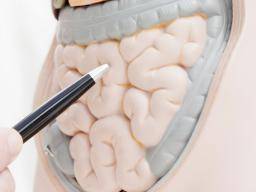
Enterocolitis Types Symptoms Treatment And Diet
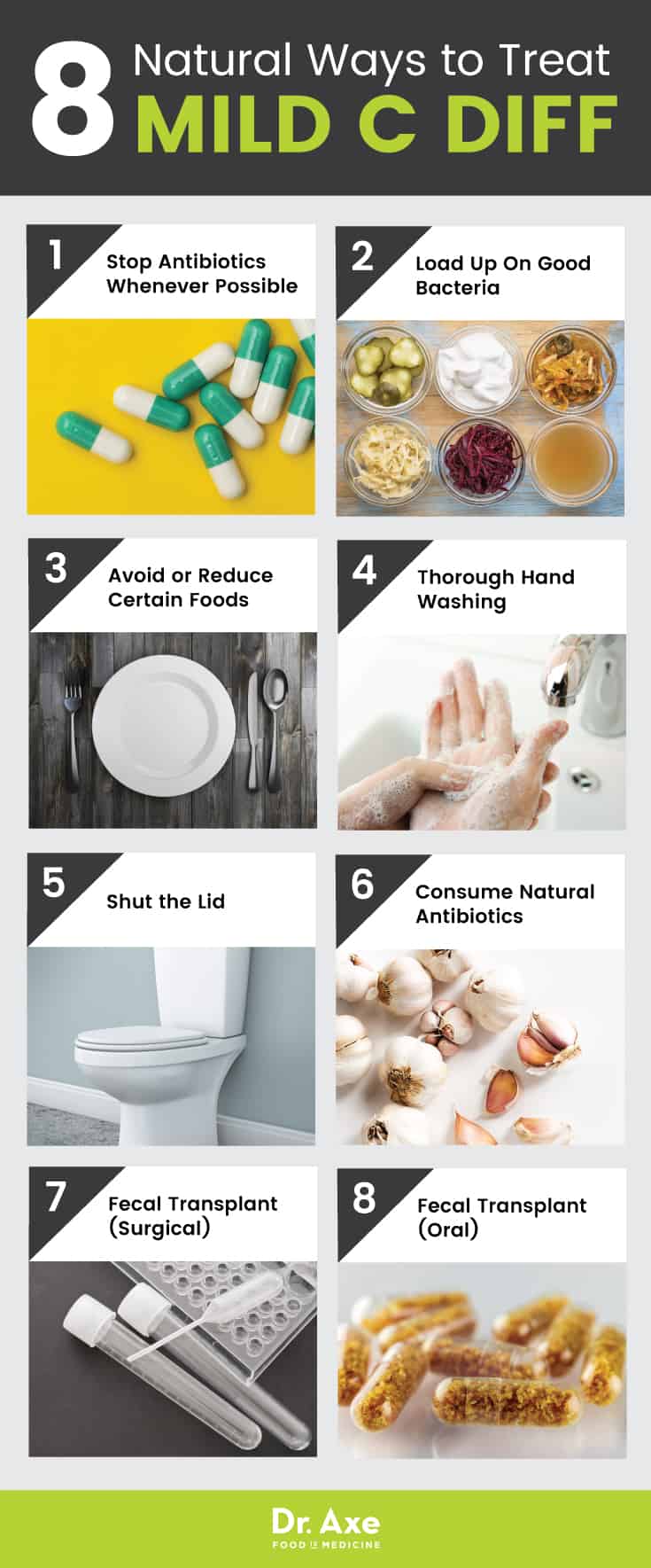
C Diff Infection Causes Symptoms 8 Natural Treatments Dr Axe

We Need To Talk About Poo And How It Could Save Your Life

Baby With White Plaques On The Tongue Consultant360
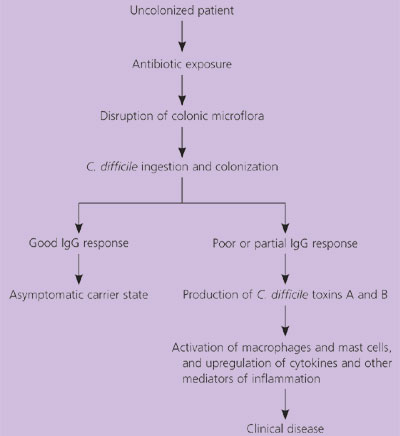
Clostridium Difficile Associated Diarrhea

Clostridium Difficile Infection What You Need To Know Consultant360

Clostridium Difficile C Diff Infectious Dis Medbullets Step 2 3
Infant Reflux Beacon Health System

Diagnosis Clostridium Difficile Induced Typhlitis And Colitis Lab Animal
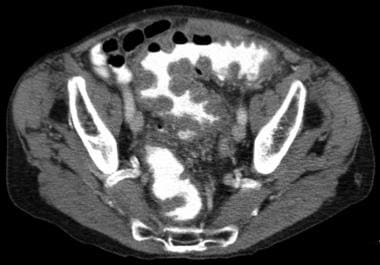
Clostridioides Clostridium Difficile Colitis Workup Approach Considerations Stool Examination And Stool Assays Endoscopy

What Is Enterocolitis Causes Symptoms Treatment Diet
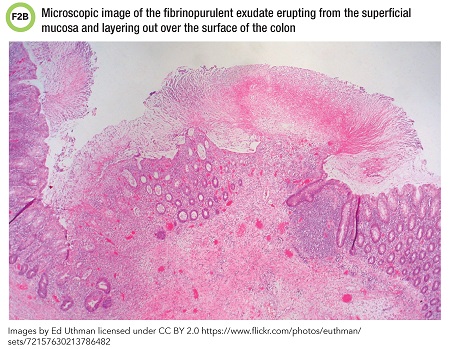
Diagnosis Of C Difficile Why So Difficult Aacc Org
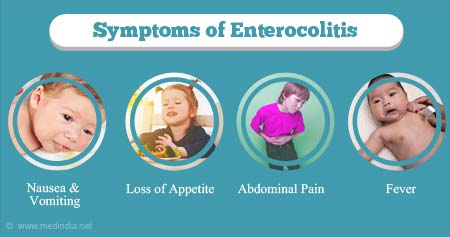
Enterocolitis Symptoms Causes Diagnosis Treatment Prevention
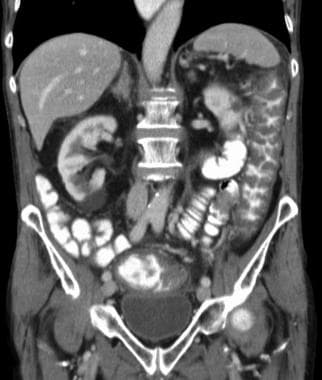
Clostridioides Clostridium Difficile Colitis Workup Approach Considerations Stool Examination And Stool Assays Endoscopy

Infections Caused By C Difficile In Children Explained Wonderbaba
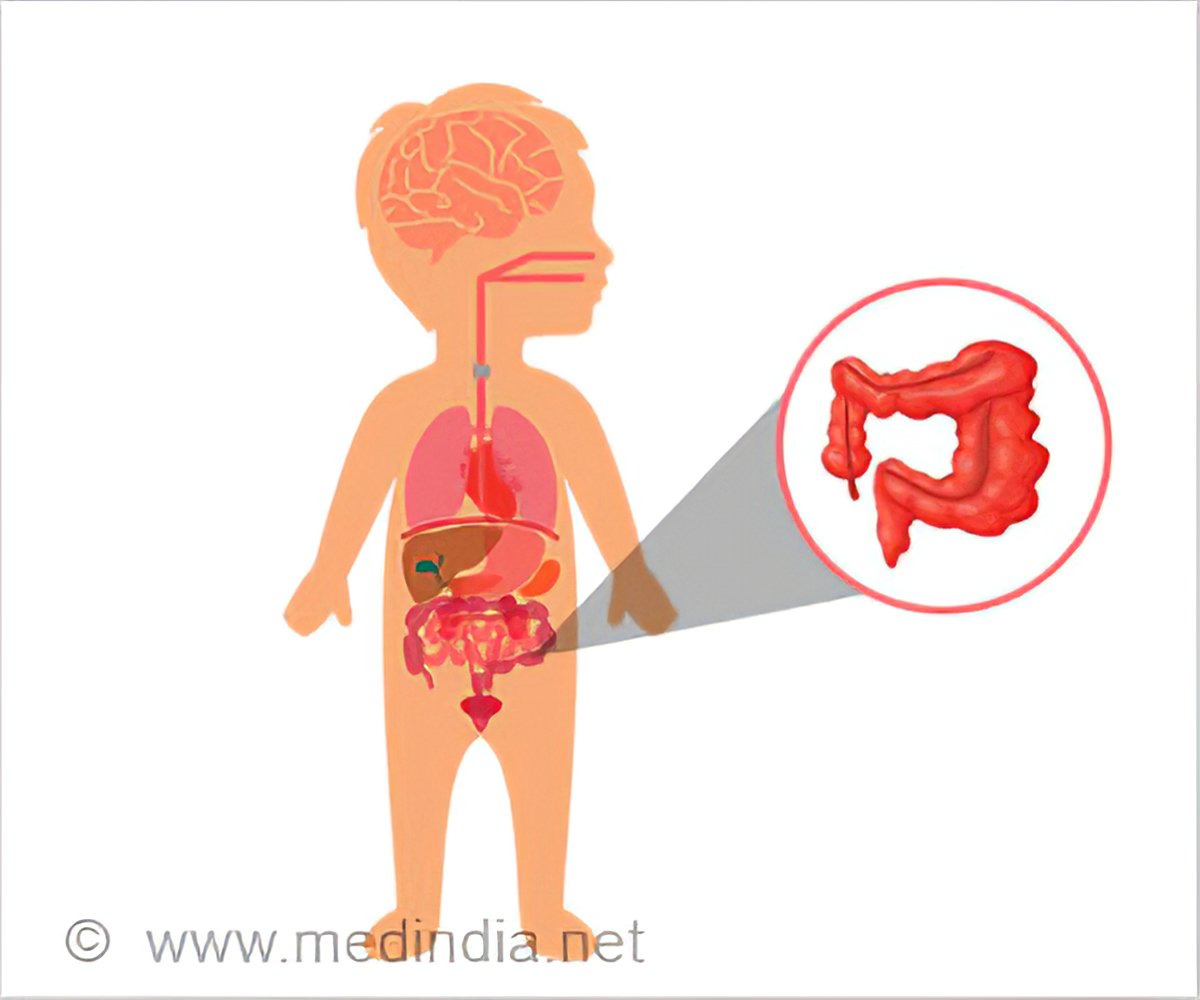
Enterocolitis Symptoms Causes Diagnosis Treatment Prevention

